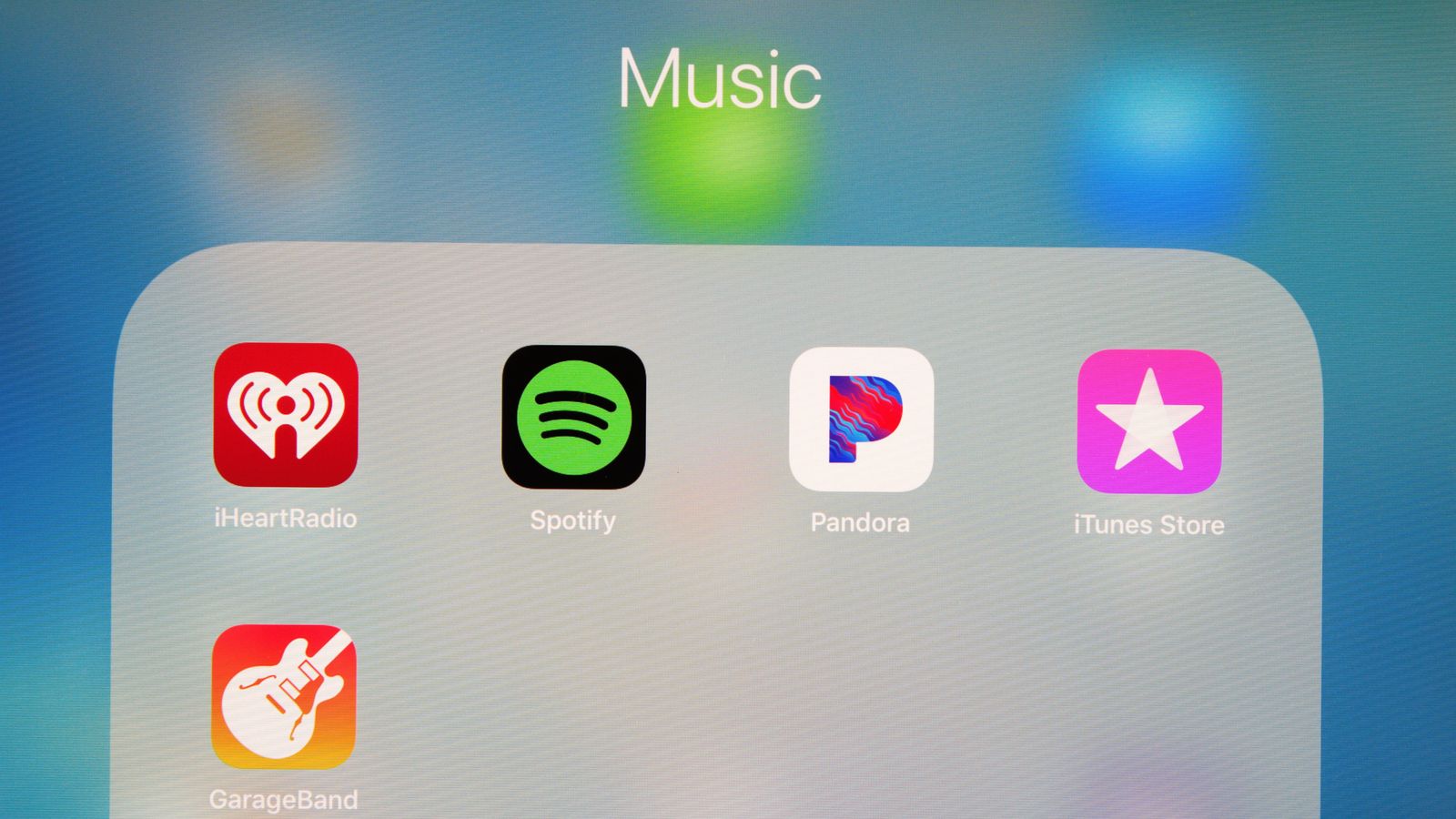

- #ITUNES CUSTOMER SERVICE NUMBER US INSTALL#
- #ITUNES CUSTOMER SERVICE NUMBER US ANDROID#
- #ITUNES CUSTOMER SERVICE NUMBER US SOFTWARE#
- #ITUNES CUSTOMER SERVICE NUMBER US PASSWORD#

A Virtual Private Network (VPN) encrypts your internet traffic and protects your online privacy and security.

Use a reliable VPN like VPN Proxy One Pro.This feature allows you to track the location of your iPhone, remotely lock or erase your device, and activate Lost Mode if your iPhone is lost or stolen. This will help to fix any known vulnerabilities and prevent future attacks.
#ITUNES CUSTOMER SERVICE NUMBER US INSTALL#
Update your device and apps: Make sure to install the latest security patches for your iPhone and all installed apps.This can help to prevent password-related attacks, such as phishing and brute force attacks. It generates and stores strong, unique passwords for all of your online accounts, so you do not have to remember them all.
#ITUNES CUSTOMER SERVICE NUMBER US PASSWORD#
Use a Trend Micro Password Manager to effectively enhance your online security.

Without your knowledge or consent, hackers can install malicious applications on your iPhone.
#ITUNES CUSTOMER SERVICE NUMBER US SOFTWARE#
Hackers may have installed malicious software on your iPhone that causes these intrusive ads to appear. Signs your iPhone is hacked Sign #1: You see a lot of pop ups and ads Hackers can exploit security loopholes in the iOS operating system or third-party apps to gain unauthorized access to your device, steal personal data, or install malware.
#ITUNES CUSTOMER SERVICE NUMBER US ANDROID#
IPhones are vulnerable to hacking despite being more secure than Android devices. Keeping your iPhone and its apps updated with the latest security patches is key to minimizing the risk of malware attacks. Malware, spyware, and adware can infiltrate your device through phishing emails, malicious apps or social engineering. Myth #1: iPhones Don't Get VirusesĬontrary to popular belief, iPhones are not virus-proof. Hackers use malicious charging stations or USB ports to gain access, swipe data or infect your devices. You can check your balance, take money out and pay cash or cheques into your current account.Be careful when connecting your mobile devices at public charging stations.


 0 kommentar(er)
0 kommentar(er)
